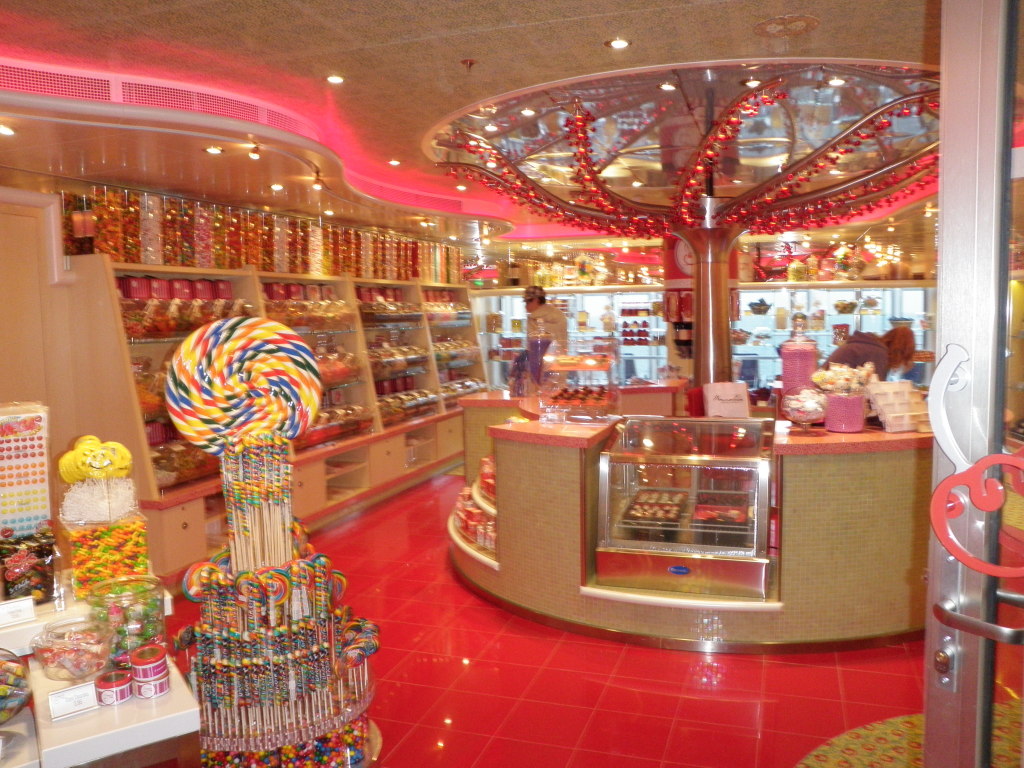Caring for individuals living with dementia requires more than just medical attention; it necessitates a holistic approach that encompasses physical, emotional, and environmental considerations. One such pivotal aspect is the design of living spaces. In this blog post, we delve into the significance of designing dementia-friendly environments and explore how Erith Care Home exemplifies this philosophy through innovative design solutions. Every element is meticulously crafted, from layout to decor, to foster a sense of safety, comfort, and familiarity for residents living with dementia.
The Complexity of Dementia
Before delving into the specifics of designing dementia-friendly environments, it’s crucial to grasp the unique challenges faced by individuals living with dementia. Dementia is not merely a condition; it profoundly affects cognition, memory, and perception, often resulting in disorientation and confusion. Therefore, creating environments that accommodate these challenges is paramount. This understanding is the foundation for the design principles implemented at a care facility.
Sensory Considerations
Sensory experiences play a vital role in the lives of individuals with dementia. Designing spaces that engage the senses can evoke positive emotions and memories, contributing to overall well-being. Erith Care Home incorporates various sensory elements into its design, such as soothing colour palettes, natural lighting, and tactile surfaces. These elements stimulate residents’ senses, promoting a sense of calm and familiarity within the environment.
Promoting Independence and Safety
Maintaining independence while ensuring safety is a delicate balance in dementia care. At our care home, careful attention is paid to the layout and functionality of living spaces to empower residents while mitigating potential risks. Features such as clear signage, unobstructed pathways, and easily accessible amenities enable residents to navigate their surroundings confidently. Additionally, safety measures such as handrails and non-slip flooring are seamlessly integrated into the design, prioritising residents’ well-being.
Creating Familiarity and Comfort
Familiarity is essential for individuals living with dementia, as it provides a sense of security and reduces feelings of anxiety. Erith’s care facility seamlessly integrates familiar elements into its design, drawing inspiration from residents’ histories and preferences. From nostalgic decor to communal spaces reminiscent of home, every detail is thoughtfully curated to evoke a sense of comfort and belonging. The care facility creates a supportive environment that feels like home by surrounding residents with familiar sights, sounds, and textures.
Staff Training and Support
Designing a dementia-friendly environment goes beyond physical spaces and encompasses the people who provide care within those spaces. At our care home, staff members undergo extensive training to understand the unique needs of residents living with dementia. From communication techniques to behavioural management strategies, staff have the knowledge and skills to provide personalised care and support. Additionally, ongoing support and supervision ensure that staff members feel confident and capable in their roles, ultimately enhancing the quality of care provided at the facility.
Integration of Technology
In an era of rapid technological advancement, integrating technology into dementia care can offer innovative solutions to improve the residents’ quality of life and safety. Leveraging cutting-edge technology, this care facility enhances the resident experience through features like electronic medication management systems, sensor-based monitoring devices, and personalised entertainment options. These innovative tools streamline administrative tasks and foster residents’ independence and engagement. By embracing technological advancements, the facility underscores its dedication to pioneering dementia care practices and improving its residents’ overall quality of life.
Continuous Evaluation and Improvement
Designing dementia-friendly environments is an ongoing process that requires continuous evaluation and improvement. At Erith Care Home, regular assessments are conducted to monitor the effectiveness of design interventions and identify areas for enhancement. Resident feedback, staff input, and best practices in dementia care are all considered in this iterative process. By remaining responsive to the evolving needs of residents and incorporating feedback into future design decisions, the care home ensures that its environment remains adaptive, inclusive, and person-centred.
Family Involvement and Support
Family involvement is integral to the care and well-being of residents living with dementia. Recognising the significance of family support, the care facility actively involves family members in the care process. From regular communication and updates to family meetings and support groups, it ensures that families are informed and engaged partners in their loved one’s care journey. By fostering open communication and collaboration, the facility creates a supportive environment where families feel valued and empowered to participate actively in the care of their loved ones.
Conclusion
Designing dementia-friendly environments requires a deep understanding of the unique needs and challenges faced by individuals living with dementia. Exemplifying this understanding, the innovative design solutions of the care home prioritize safety, comfort, and familiarity. By incorporating sensory considerations, promoting independence, and creating spaces that evoke a sense of home, it sets a standard for dementia care that prioritises the well-being of its residents. As we continue to explore new ways to support individuals living with dementia, the importance of thoughtful design in creating safe and supportive environments cannot be overstated.


























